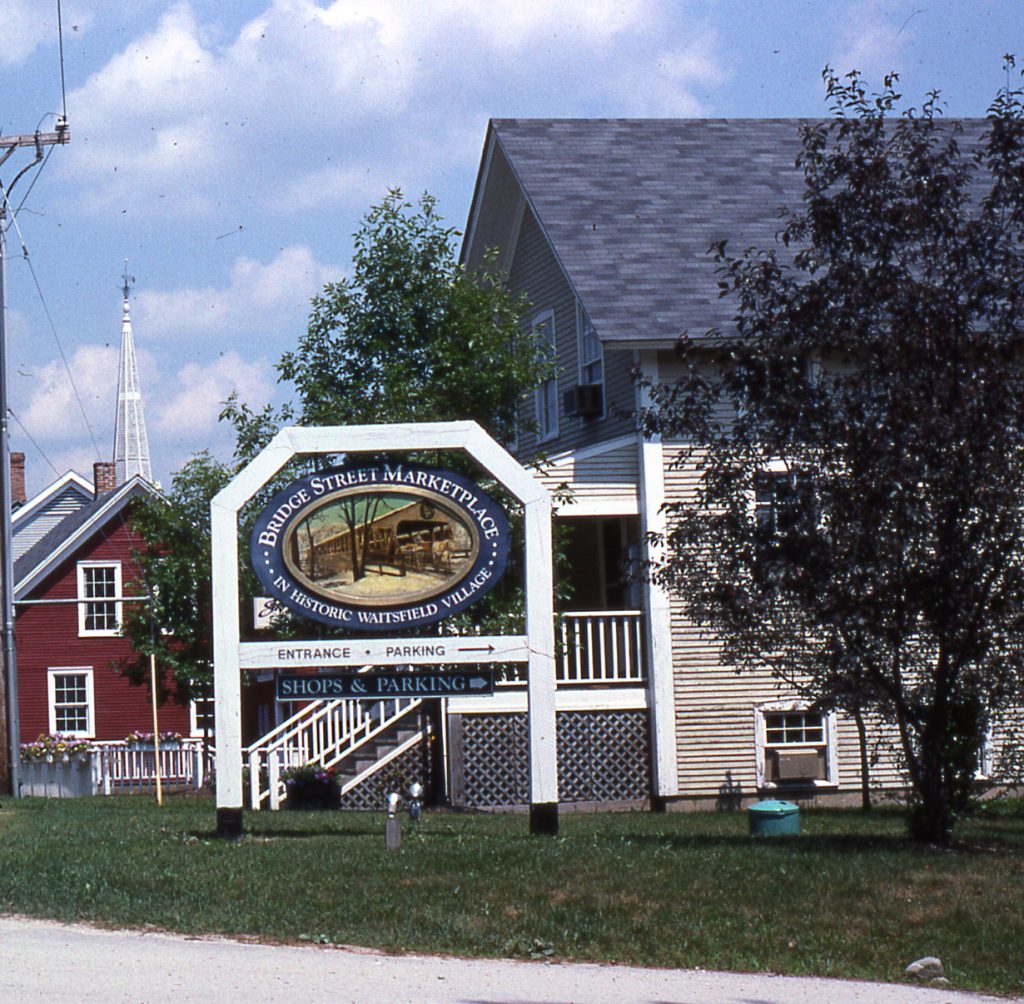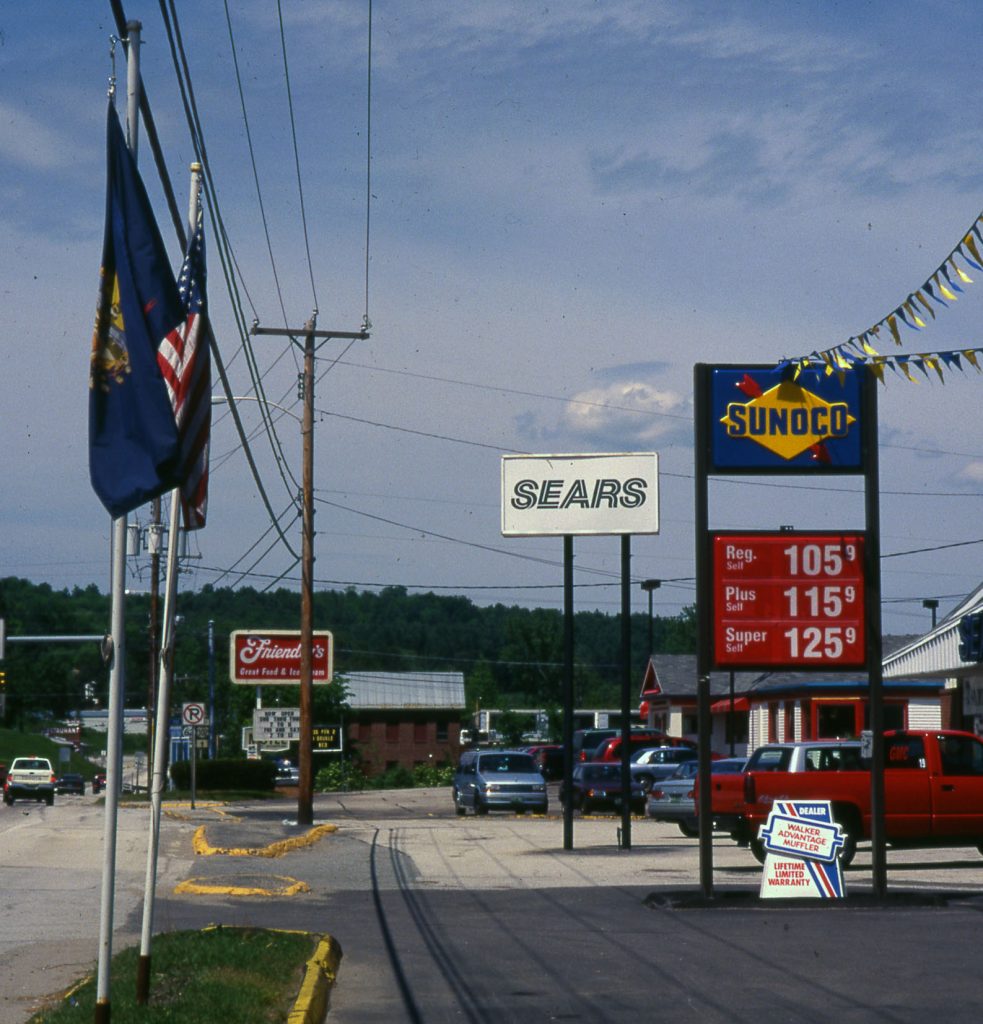In brief
Vermont’s ban on billboards (off-premise advertising signs) is a strong step in creating road corridors free of visual clutter. This groundbreaking state law does not regulate signs located on the same property as the business they are advertising. Municipalities, however, can enact on-premise sign regulations that support a community’s visual character, invite people to stop at local businesses and provide direction to travelers.
Summary
Vermont was the first of four states, along with Maine, Hawaii and Alaska to ban billboards. In their place, Vermont uses travel information signs along state highway corridors to guide residents and visitors to destinations that are located off those highways. Typically these smaller, standard format signs are clustered together to further reduce their visual effect. Businesses with frontage on state roads and highways may install signs that conform to local sign regulations.
Although we have the 1968 State Billboard Act (10 V.S.A. Chapter 21), local municipalities still play an important role in controlling signage along state and local roads. On-premise signs can create visual clutter that distract from the beauty of a place and impede traffic safety. On-premise signs that are compatible with the character of the surrounding area, however, can contribute to a community’s sense of place and identity, cultivate local pride and invite people to stop. Developing the guidelines for on-premise signs can contribute to local efforts to revitalize a community center.

Sign regulations typically provide parameters for the size, number, location and style of signs, tailored for the existing and planned character of the area within which the sign is located. Some guidelines to consider during your discussions when preparing new sign regulations include the following:

- Limit the number of signs for each business to no more than one building-mounted and one freestanding sign. Roof-mounted signs should not project above the ridgeline of the building.
- Where several businesses are located on a lot, signs can be consolidated into a common freestanding sign with each business listed.
- Limit sign sizes to be compatible and in scale with the built and natural landscape. In village centers, limiting the size of signs to those that can be read comfortably by a pedestrian – but not necessarily the driver of a car going 50 mph – can protect village character and slow traffic.
- Consider sign regulation with more detailed criteria for design, lettering, color and material in sensitive scenic and historic areas.
- Because internally lit signs can be intrusive, consider prohibiting them or strictly limiting their size and brightness. Any lighting for signs should be shielded and focused to ensure that glare doesn’t impact surrounding roads and properties.
Related Issues
Resources
- The Roadscape Guide
- Views to the Mountains: A Scenic Protection Manual was developed based on the Roadscape Guide for Essex and Jericho. This resource includes detailed information on how to do a scenic roadway assessment and recommendations for regulatory and non-regulatory ways to protect the landscape. It is available in three parts: Part I, Part II,




